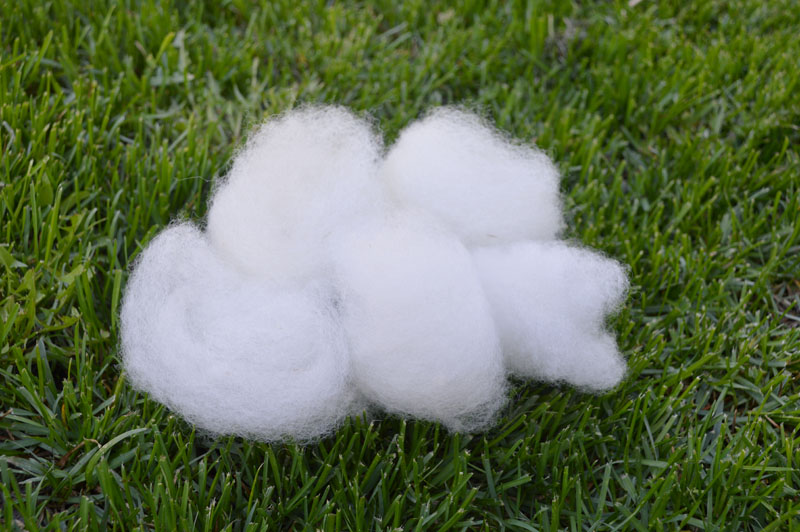I’m a big believer in getting the right tool for the job. I’ve needed a lot of tools for a lot of different things in my life – from photography equipment to screen printing, art materials to carpentry tools. I’m a doer, and with that means I like to try a lot of different things, and one thing I’ve learned is don’t cheap out on tools or materials.

The right tool for the job isn’t always the most expensive. Especially for somebody not doing any of the aforementioned things above professionally, there’s no need to get something on a professional level. But likewise, cobbling something together and/or using something really, really cheap just causes more frustration than it’s worth.
On the flip side however, I don’t like spending more than I have to, and the most expensive thing doesn’t always make it the best.
But there’s a middle ground. It’s not the cheapest, nor the most expensive option, but it will work perfectly well for my purposes, and that’s what I like to aim for. It’s a mixture of keeping my costs down while also providing me with the least amount of frustration.
Spinning uses really specialized equipment, so a lot of it is on the more expensive side (supply and demand, after all). So when I started looking around for a pair of wool combs I was smacked with one of two options:
1. Make my own; or
2. Fork out the dough for combs
For some reason I thought combs would be about the same amount of money for hand cards, of which there are quite a range of prices and quality. Was I ever hit with a rude awakening. Combs are expensive, and they’re all about the same price no matter where you look. Since I’m in Canada, my options for purchasing were even fewer – with our dollar the way it is right now I’d be paying 25% – 30% higher than the listed price, plus shipping, plus duty (so, let’s say on average 50% higher than the listed price). That’s nuts.
So, I looked around for some options. Could I make my own? Was there a kind of comb I could use in lieu of proper wool combs, just to get me started?
So I searched around, and I saw people using hair picks or dog combs, making their own hackles and combs out of a combination of the above. But looking at those and comparing with proper wool combs, that option was limiting, and to me it looked more like an exercise in frustration than anything. Some people use these, and swear by them, but it wasn’t for me – I wanted some combs that would be good for a range of different fleece types, and the tines on hair picks and dog combs really just lend themselves to one kind of wool from what I could figure. Since I have two pretty different fleeces waiting for me in the garage, that wasn’t going to work.
So, Back to looking at wool combs, and keeping it limited to purchasing from a Canadian supplier.

I searched around, asked a bunch of people, and emailed some shops. I finally rested on a pair of combs made by Rodger Hawkins of Peterborough, ON, sold by Gemini Fibres out of Mount Albert, ON.
They aren’t the cheapest combs, nor are they the most expensive, and word was they were good for a range of wools, which is what I needed.
As luck would have it, I even had a birthday coming up, so guess what I asked for? My family is pretty awesome.
I’ve had my wool combs for a few weeks now, and they are excellent. They’re easy to use, and comfortable, and I’ve used them for both my Friesian and Merino/Romney fleece, and this set works well for both wool types. I’m really, really glad I got these rather than trying to cobble together something else – sitting and combing wool is something I’m finding relaxing, and I can’t wait to wash up the rest of my fleece so I can get to combing in earnest.
Lessons Learned
- I like combing wool much more than carding (which is fortunate, because worsted spinning is my go-to)
Helpful This Week
- The folks over at Sweets Off The Wheel, Wool ‘n Spinning, and Fiber Prep groups over on Ravelry really helped me with looking at wool combs and choosing what was right for me.
- Combing Wool The Right Way with Susan McFarland (Youtube video)
- Wool Combing (another Youtube video)